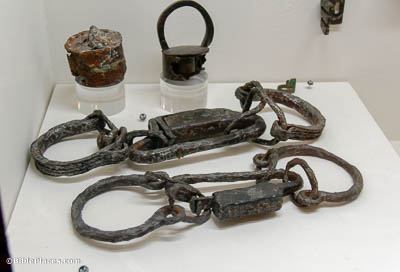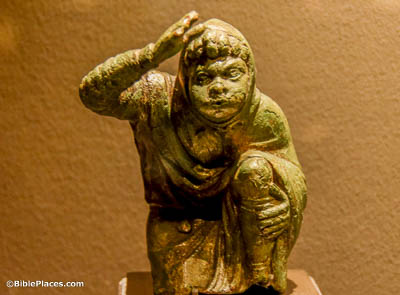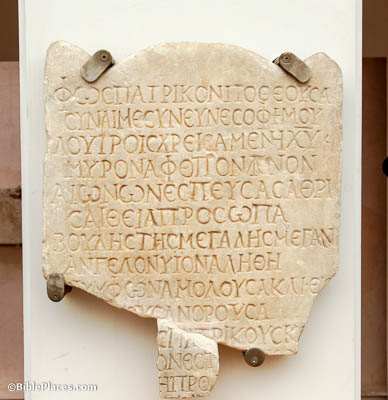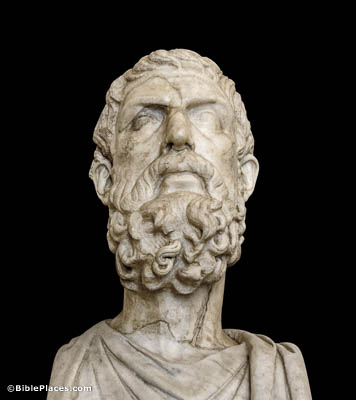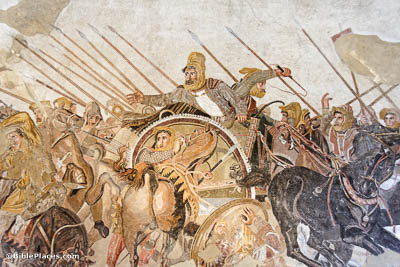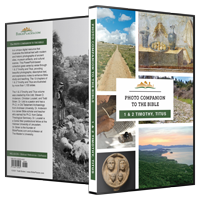Let all who are under a yoke as slaves regard their own masters as worthy of all honor (1 Timothy 6:1).
Some slaves of the Roman era were badly treated, including restraint in humiliating and difficult ways like the iron shackles shown here. It is noteworthy that Paul does not qualify his exhortation to honor masters, but here makes it a blanket statement. In contrast to the masters mentioned in the following verse, the masters mentioned here clearly included those who were not believers in Jesus.
